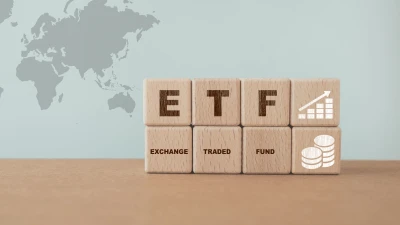Masterfunds’ growth highest in three years



Masterfunds have continued to grow in size, ending the year to March 31 with nearly half a trillion dollars in funds under management (FUM).
The sector grew by $62.8 billion or 14.5 per cent over the 12 months ending in March, posting a third of that growth of $23.9 billion in the March quarter alone, according to data released by Plan for Life.
While the increase in FUM is the highest since 2010, it is below the levels recorded from 2004 to 2008 and is three times lower than 2008, when FUM increased by nearly $45 billion.
Inflows into masterfunds increased by 8.4 per cent to $120.2 billion while outflows grew by 4.8 per cent to $105.9 billion. AMP, Commonwealth/Colonial, BT and National Australia/MLC all reported FUM growth of 14 per cent or more.
In the master trust sector funds under management increased by $75.1 billion or 10.9 per cent as inflows dropped to $14.8 billion and outflows rose to $11.8 billion. The top three groups - AMP ($22.5 billion FUM), BT ($20.2 billion FUM) and OnePath ($11.9 billion FUM) - continued to control nearly three-quarters of the master trust business.
The wrap sector fared better, with FUM increasing by 22.2 per cent to $178.1 billion. Inflows of $58.3 billion were offset by outflows of $47.2 billion.
BT, AMP, Macquarie and National Australia/MLC accounted for two thirds of the total FUM as well 85 per cent of the wrap administration services offered in the industry, with BT alone holding 45 per cent of this market.
Platforms also recorded sizeable FUM growth, increasing by 10.5 per cent to $242.4 billion. Inflows of $47.1 billion were almost matched by outflows of $46.8 billion.
Recommended for you
GQG Partners has marked its fifth consecutive month of outflows as its AI concerns lead to fund underperformance but overall funds under management increased to US$166.1 billion.
Apostle Funds Management is actively pursuing further partnerships in Asia and Europe but finding a suitable manager is a “needle in a haystack”.
Nuveen has made its private real estate strategy available to Australian wholesale investors, democratising access to a typically institutional asset class.
VanEck is expanding its fixed income range with a new ETF this week to complement its existing subordinated debt strategy which has received $1 billion in inflows this year.










